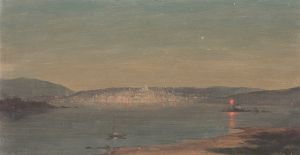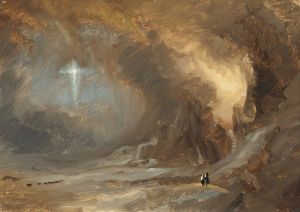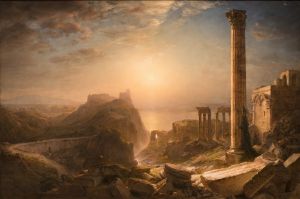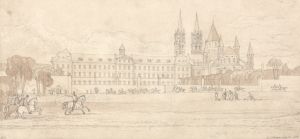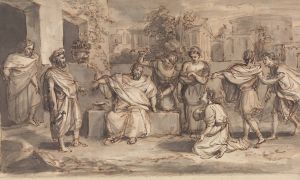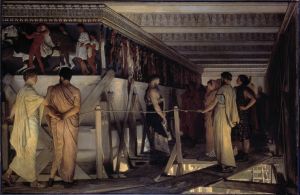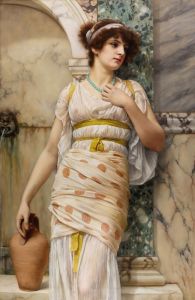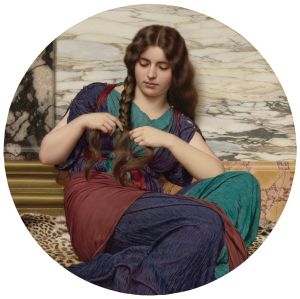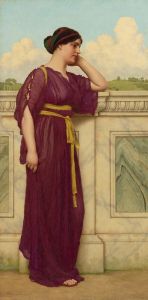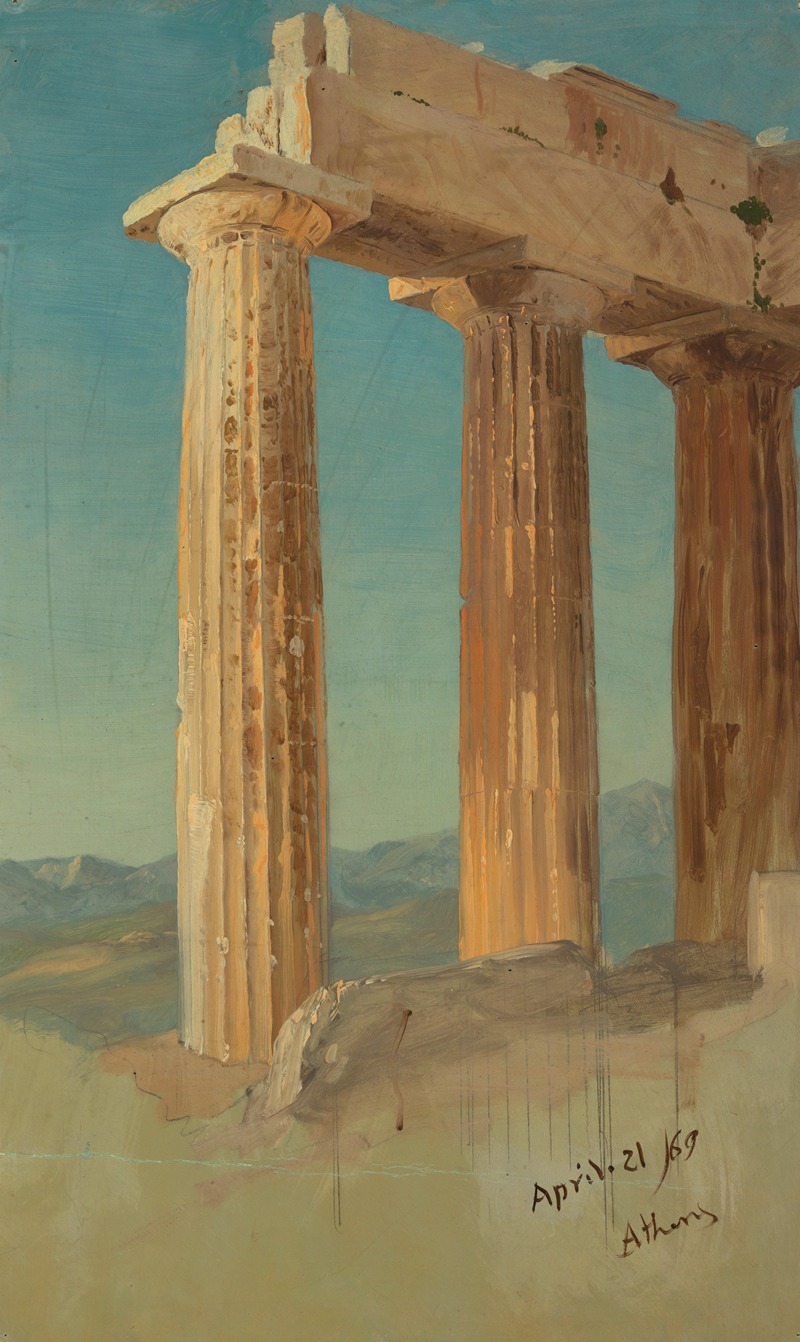
Columns of the Parthenon, Athens
A hand-painted replica of Frederic Edwin Church’s masterpiece Columns of the Parthenon, Athens, meticulously crafted by professional artists to capture the true essence of the original. Each piece is created with museum-quality canvas and rare mineral pigments, carefully painted by experienced artists with delicate brushstrokes and rich, layered colors to perfectly recreate the texture of the original artwork. Unlike machine-printed reproductions, this hand-painted version brings the painting to life, infused with the artist’s emotions and skill in every stroke. Whether for personal collection or home decoration, it instantly elevates the artistic atmosphere of any space.
"Columns of the Parthenon, Athens" is a painting by the renowned American landscape artist Frederic Edwin Church, created in 1871. Church was a central figure in the Hudson River School, a mid-19th century American art movement known for its romantic portrayal of the American landscape. However, Church's interests extended beyond the American wilderness, as evidenced by his travels and works inspired by locations around the world.
The painting depicts the iconic columns of the Parthenon, a symbol of ancient Greek civilization and architectural achievement. The Parthenon, located on the Acropolis of Athens, was constructed in the 5th century BCE and dedicated to the goddess Athena, whom the people of Athens considered their patroness. It is one of the most significant cultural monuments in the world and an enduring symbol of Ancient Greece and Athenian democracy.
Frederic Edwin Church visited Athens during his travels in Europe and the Middle East in the late 1860s and early 1870s. His journey was part of a broader trend among artists and intellectuals of the time, who sought inspiration from the classical world. Church's visit to the Parthenon allowed him to study its architectural details and the play of light and shadow on its ancient stones, which he later captured in his painting.
In "Columns of the Parthenon, Athens," Church focuses on the grandeur and timelessness of the Parthenon's Doric columns. The painting is notable for its attention to detail and the artist's ability to convey the texture and color of the weathered marble. Church's use of light in the painting highlights the columns' form and structure, emphasizing their monumental scale and the skill of the ancient architects who designed them.
The painting reflects Church's fascination with the interplay between nature and human achievement. By depicting the Parthenon, he not only showcases the architectural prowess of the ancient Greeks but also explores themes of cultural legacy and the passage of time. The ruins, bathed in natural light, suggest both the enduring beauty of the structure and the inevitable decay that accompanies the passage of centuries.
"Columns of the Parthenon, Athens" is part of Church's broader body of work that includes landscapes and scenes from various parts of the world. His paintings often combine meticulous detail with a sense of the sublime, inviting viewers to contemplate the natural and man-made wonders of the world. Church's ability to capture the essence of a place and its historical significance has made his work enduringly popular.
Today, Frederic Edwin Church is celebrated as one of America's greatest landscape painters, and his works are held in major collections, including the Metropolitan Museum of Art in New York and the National Gallery of Art in Washington, D.C. "Columns of the Parthenon, Athens" remains an important example of his international subject matter and his skill in rendering architectural forms with both precision and artistic sensitivity.








